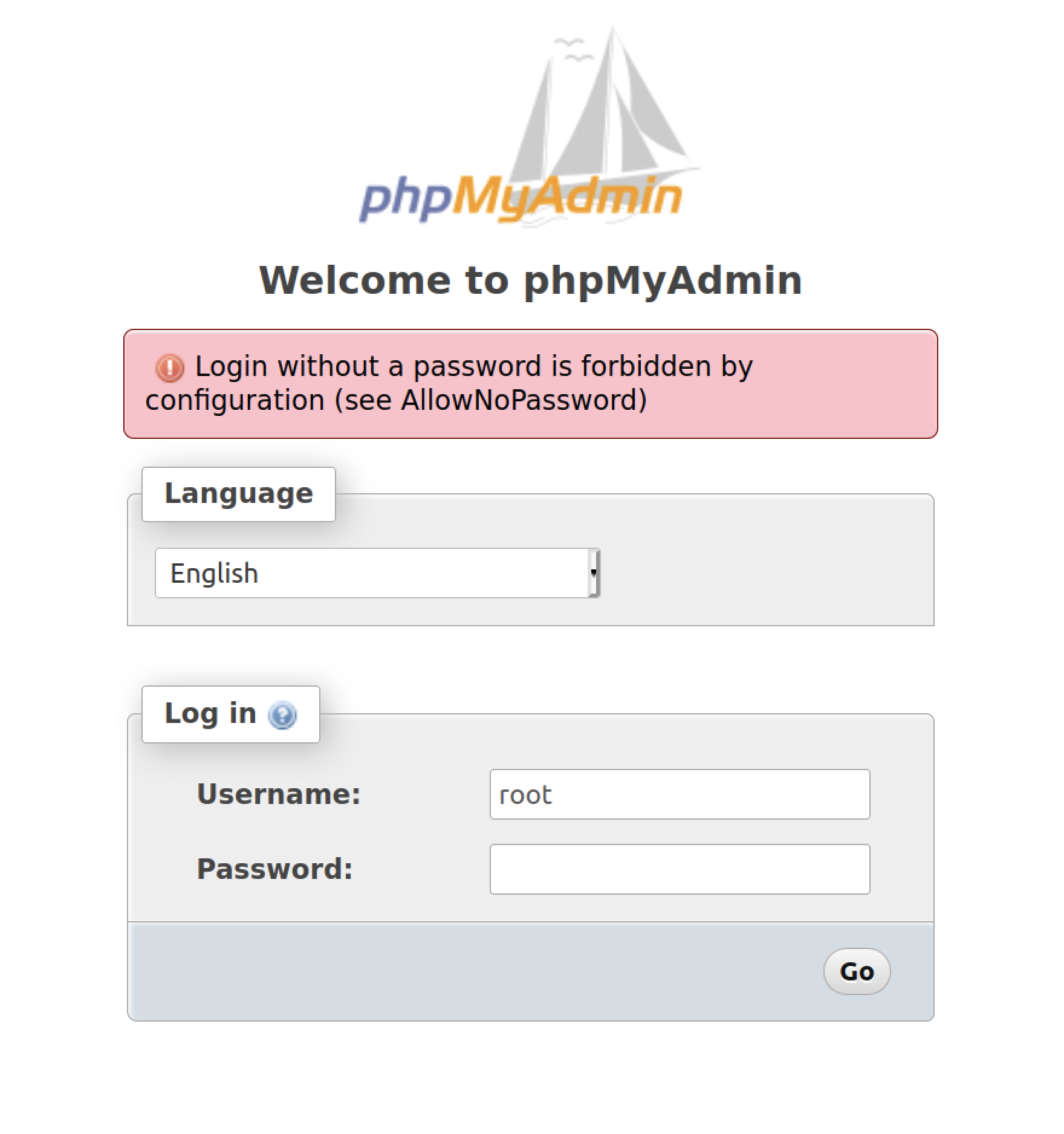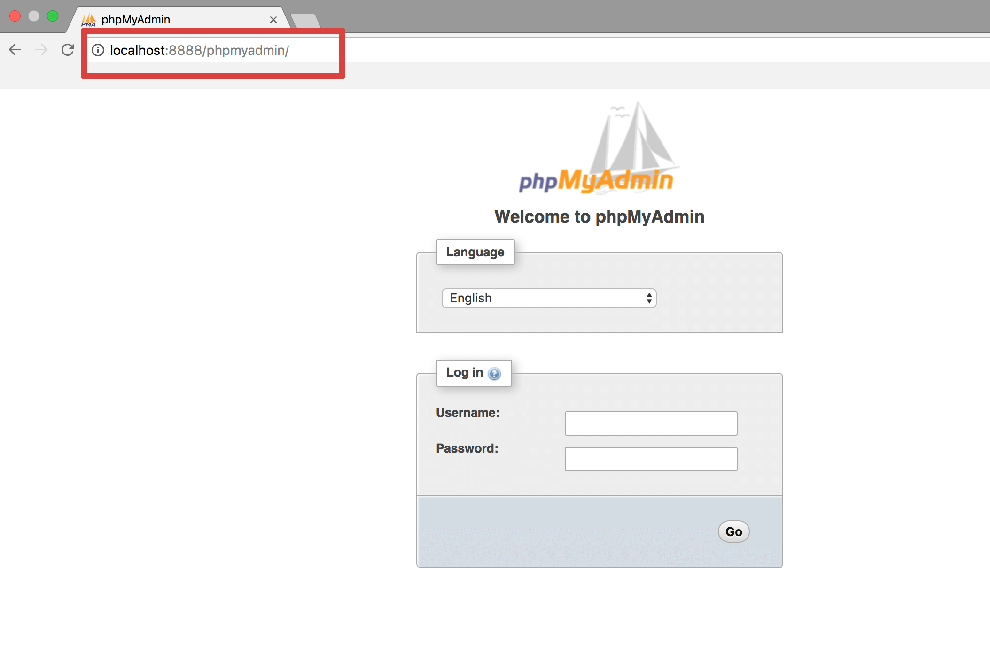

- Windows iis mysql phpmyadmin root password install#
- Windows iis mysql phpmyadmin root password update#
- Windows iis mysql phpmyadmin root password password#
- Windows iis mysql phpmyadmin root password series#
Windows iis mysql phpmyadmin root password install#
I followed the steps very carefully to install phpmyadmin.
Windows iis mysql phpmyadmin root password series#
November 28th, 2009 at 11:07 To and Check out the article in this series on installing PHP and make sure you have selected the mysql extension. Why do they make things so complicate? 🙂 Php info page works find, but going to gets me to: I followed step-by-step carefully but at the last step: Testing, I got HTTP 403 Forbidden.
Install and configure phpMyAdmin on IIS .ġ3 Responses to “Installing phpMyAdmin on Windows and IIS 6.0”. PHPMyAdmin Installation by FutureQuest Inc. Install PHPMyAdmin on IIS7 and Server 2008 by Dave Lawlor. The next article in the series will cover installing WordPress. Once you’ve done this, the error message at the bottom of the page will go away. Windows iis mysql phpmyadmin root password password#
You’ll want to replace your_password with the password you selected in step #3 above, and if you changed the username, replace pma with what you specified. Once you’ve logged in to phpMyAdmin, click on the SQL tab and type or paste the following text:ĬREATE USER IDENTIFIED BY 'your_password' Now is the time to create the user you specified in step #3 above for the controluser setting (defaults to pma).
Windows iis mysql phpmyadmin root password update#
You can create databases, update tables, delete rows, inspect data, etc. Let’s test it out by navigating to Type root for the username and type the password you specified when installing MySQL.
Find the section Advanced phpMyAdmin features and uncomment all the lines under it.Īt this point phpMyAdmin is ready to use. Note that it is a good idea to change the username for security purposes since pma is the default username. For this demo I’ll set it the password to. These are used for accessing advanced features in phpMyAdmin. Find the lines that say $cfg and $cfg and uncomment them (remove the leading //). You must put something between the empty single quotes in order for phpMyAdmin to work. Open the file in C:\Inetpub\wwwroot\phpMyAdmin. To create the file, we will start with a sample configuration file provided with the phpMyAdmin download. PhpMyAdmin stores its settings in a file called. Click OK and then click OK on the phpMyAdmin Properties dialog box. Set the application pool to the previously-created phpMyAdmin application pool. Click the Create button next to Application name. Right-click on phpMyAdmin in the right pane and select Properties. Click on the Web Sites node in the navigation pane and double-click on Default Web Site. Type phpMyAdmin as the name of the application pool and click OK. Right-click on Application Pools and select New –> Application Pool. Launch the Internet Information Services (IIS) Manager. It is usually preferable to run applications in their own application pool so they don’t affect other applications and so you can manage them independently. Rename the resulting directory as phpMyAdmin, so the resulting path will be C:\Inetpub\wwwroot\phpMyAdmin. Find the lowest directory containing all the files ( phpMyAdmin-3.1.3-english for me) and copy that to a directory like C:\Inetpub\wwwroot. Download the appropriate package (english.zip for me). C:\Program Files\PHP) and make sure that the following lines are uncommented: To check whether these extensions are installed, open the php.ini file in the PHP installation directory (e.g. Note that this application requires that the following PHP extensions have been installed: The latest version as of this writing is 3.1.3. I would go so far as to say it is indispensable. PhpMyAdmin is a web-based tool for managing MySQL database servers. This article will show the exact steps for setting up phpMyAdmin on Windows and IIS 6.0. 
Previously I discussed installing MySQL, the FastCGI extension, and PHP. This is the fourth part of the Installing WordPress From the Ground Up series.
Preparing to Install WordPress on Windows and IIS. Installing phpMyAdmin on Windows and IIS 6.0. Table of contents for Installing WordPress On IIS From the Ground Up






 0 kommentar(er)
0 kommentar(er)
